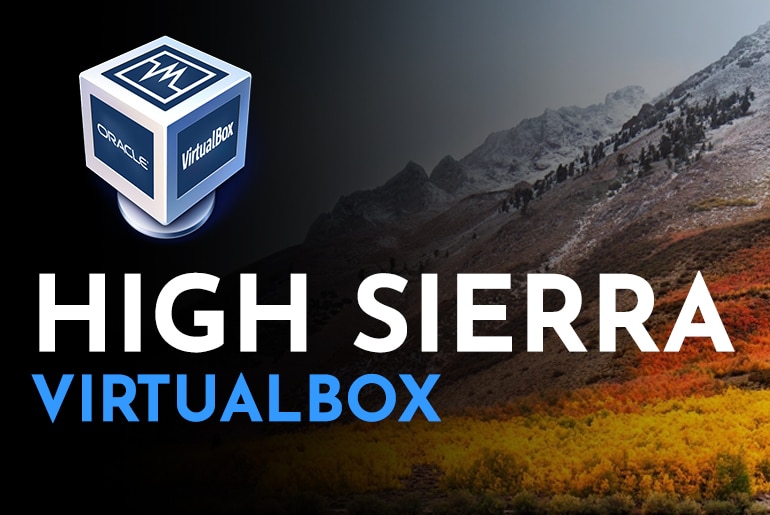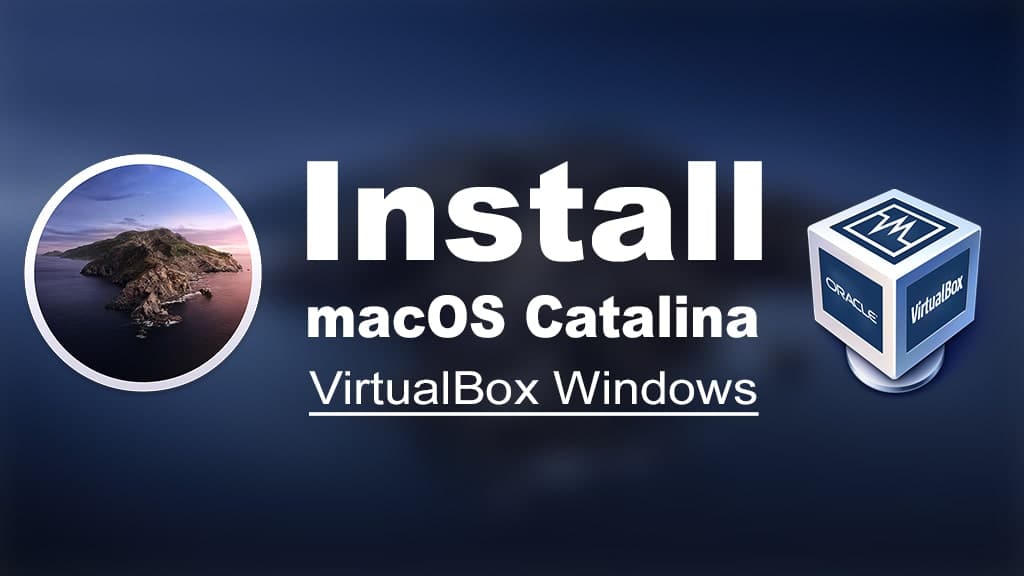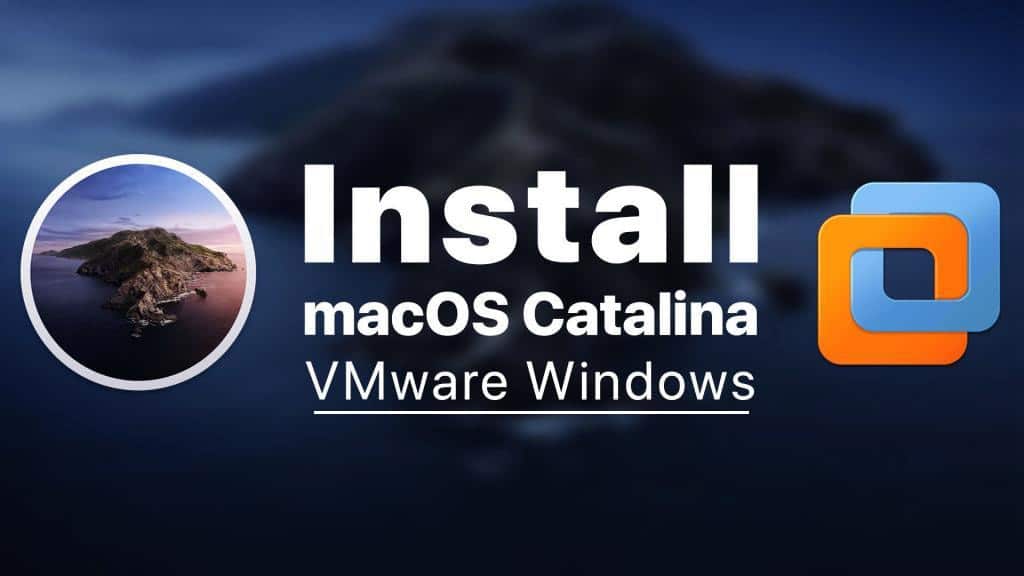Table of Contents
What Is Kubernetes?
Kubernetes is an open-source container orchestration platform that automates the deployment, scaling, and management of containerized applications. It was originally developed by Google and is now maintained by the Cloud Native Computing Foundation (CNCF).
Kubernetes allows you to deploy containerized applications across a cluster of computers or servers, and it handles the scaling and distribution of the workload across those resources. It ensures that the containers are running and healthy, and it provides self-healing mechanisms to detect and recover from failures.
Kubernetes provides a rich set of features and capabilities, including:
- Automatic deployment and scaling of containerized applications
- Load balancing and service discovery
- Configuration management and rollouts
- Automated bin packing to optimize resource utilization
- Storage orchestration
- Self-healing and fault tolerance
- Secret and configuration management
- And much more
Kubernetes is widely adopted by organizations of all sizes, and it has become the de facto standard for container orchestration. It is compatible with a wide range of container runtimes, including Docker, containerd, and CRI-O, and it can run on a variety of infrastructure platforms, including public clouds, private data centers, and edge environments.
5 Ways to Get Started With Kubernetes More Easily
Lightweight Versions of Kubernetes
These versions of Kubernetes help run Kubernetes on a local machine or in a development environment without a full-blown cluster. You can use them to experiment with Kubernetes, test applications, and learn more about Kubernetes.
Minikube
Minikube is a tool that enables you to run Kubernetes on your local machine. It creates a single-node Kubernetes cluster in a virtual machine (VM), allowing you to develop and test Kubernetes applications locally. It supports various hypervisors, including VirtualBox, Hyper-V, KVM, and Docker, and it can be easily installed on macOS, Linux, and Windows.
Kind
Kind (Kubernetes in Docker) is a tool that enables you to run a multi-node Kubernetes cluster using Docker containers. It creates a cluster using Docker containers as nodes, making it easier to set up and manage a Kubernetes environment in a development or testing environment. You can use it to test and develop applications in a realistic Kubernetes environment.
Helm
Helm is a package manager for Kubernetes that makes it easier to install, upgrade, and manage applications and services in Kubernetes. It uses a concept called charts to package and distribute Kubernetes applications.
A Helm chart is a collection of files that describe the resources and dependencies required to run a Kubernetes application. It includes a set of Kubernetes manifests, along with a values file that contains configuration options for the application.
You can use Helm charts to install pre-configured applications such as databases, web servers, and messaging queues, among others. Helm helps you manage the lifecycle of these applications, including deploying, upgrading, and rolling back to previous versions. Helm can also automatically install and update dependencies.
Managed Kubernetes
Managed Kubernetes clusters are fully managed by a cloud provider, allowing users to deploy and manage their applications in a production-ready Kubernetes environment without the overhead of managing the underlying infrastructure. Managed Kubernetes services, such as Google Kubernetes Engine (GKE), Amazon Elastic Kubernetes Service (EKS), and Microsoft Azure Kubernetes Service (AKS), are popular examples of managed Kubernetes clusters.
Of course you will need to migrate your Kubernetes clusters to the respective cloud to take advantage of these services. To understand what is involved, see this guide to Azure migration.
Managed Kubernetes clusters provide several benefits, including:
- Easy deployment and management: Managed Kubernetes services provide a simple and streamlined way to deploy and manage Kubernetes clusters in the cloud, with simple web interfaces and APIs.
- Scalability and flexibility: Managed Kubernetes clusters are designed to be highly scalable and can grow and shrink as needed, making it easier to manage workloads and applications that require varying resources.
- Interoperability: Managed Kubernetes services are compatible with a wide range of other cloud services, allowing users to integrate their applications and services with other cloud services seamlessly.
Automated Cluster Installation
This approach simplifies the process of setting up and deploying a Kubernetes cluster by automating many of the manual tasks involved. Here’s a brief overview of some popular automatic cluster installation tools:
- Kubeadm: This tool automates the process of setting up a Kubernetes cluster. It is part of the official Kubernetes project and is designed to be simple, reliable, and repeatable. Kubeadm enables you to set up a production-ready Kubernetes cluster quickly and easily, using preconfigured templates or custom configurations.
- Kops: This tool automates the installation and management of Kubernetes clusters on AWS. Kops uses preconfigured templates to set up a Kubernetes cluster, making it easy to get started with Kubernetes on AWS. It also provides features for managing the lifecycle of the Kubernetes cluster, including scaling, upgrades, and node replacement.
- Rancher: This Kubernetes management platform provides a simple, web-based interface for setting up and managing Kubernetes clusters. Rancher provides automated cluster installation and management, helping you to easily deploy and manage Kubernetes clusters across multiple cloud providers and data centers.
Using Terraform
Terraform is an open-source infrastructure as code (IaC) tool that can be used to automate the provisioning and management of cloud infrastructure, including Kubernetes clusters. Terraform allows you to define your infrastructure as code, and then uses that code to create, update, and manage your infrastructure.
To use Terraform to deploy a Kubernetes cluster, you can write Terraform configuration files that describe the desired state of your cluster. For example, you can define the number of nodes, the instance type, the network configuration, and the authentication mechanism. Terraform will then use that configuration to create and configure the necessary infrastructure components, such as virtual machines, networks, and load balancers.
Once the infrastructure is in place, Terraform can be used to install and configure Kubernetes components, such as the API server, the controller manager, and the scheduler. Terraform can also be used to deploy add-ons, such as a cluster-level ingress controller or a monitoring solution.
Conclusion
In conclusion, Kubernetes has become an essential tool for modern software development and deployment. However, its extensive ecosystem of tools and features can seem daunting to beginners. Fortunately, there are many ways to quickly get started and experiment with Kubernetes, such as installing lightweight versions of Kubernetes, using Helm for package management, or deploying managed clusters. Automatic cluster installation and Terraform can also simplify the process of deploying and managing Kubernetes clusters.















